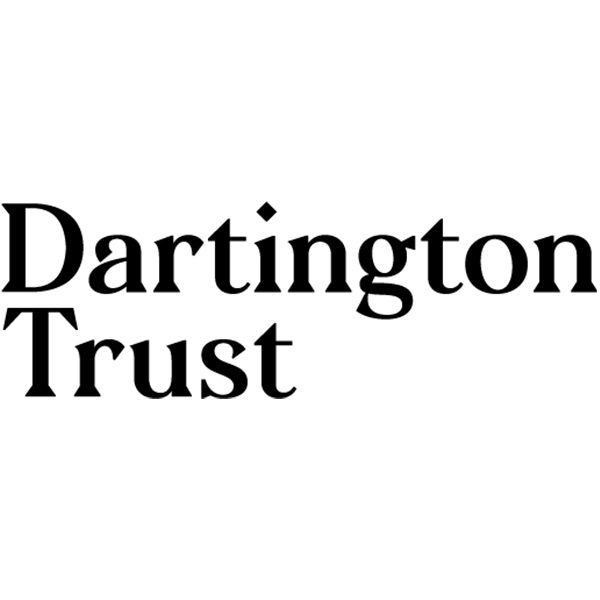Do you want your cherry trees to be healthy and attractive, producing a rich crop of cherries each year? Smart pruning is the key.
Pruning at the right time and in the right way will make a huge difference to the health, appearance and productivity of your cherry trees.
Done correctly, pruning will open up your cherry tree to light and air, train it into a strong, stable shape and ensure you receive a healthy crop of easily harvested fruit year after year.
When to prune cherry trees
UK fruit trees tend to be pruned in the winter, while the tree is dormant. This is true of sour and weeping cherries but not sweet cherries which should be thinned out in the summer (although light shaping can be carried out in the spring as the leaves are developing). Autumn and winter pruning is not recommended because sweet cherries are prone to silver leaf fungus and bacterial canker, both of which attack the tree through pruning cuts.
Young cherry trees (0-3 years) should be pruned in the early spring because young trees are more susceptible to frost damage.
How to prune your cherry tree
Whether training a young cherry tree or maintaining a mature tree, you should always make sure your tools are sharp and sterile (use rubbing alcohol or a 9:1 solution of bleach). A combination of disease-free tools and clean, well-angled cuts will reduce the chance of wounds becoming infected. All cuts should be close to 45 degrees to drain away water.
While pruning, keep in mind that the ideal shape for your cherry trees is an open vase. The main branches should be evenly spaced and outward growing allowing plenty of space for light and air circulation. This will both maximise fruit production and increase resistance to disease.
For trees of all ages, your first step should be to remove suckers (thin shoots growing from near the tree base) and any obviously dead, dying or diseased branches or shoots. For young trees, start the shaping process by taking out any branches that are growing in towards the trunk.
Once your cherry tree has reached 30 inches (76cm) in height, you can cut the main branch (leader) back to 24 to 36 inches (61 to 92cm). This is called heading.
The next year, you can start developing your tree’s shape by creating a scaffolding whorl. This is a group of four side shoots (laterals) which are growing at an angle of between 45 and 60 degrees. Cut these back by two-thirds. Cut the leader back to just above the main laterals and remove all other branches by cutting them back to the leader. Make a 45 degree cut just outside the raised collar being careful not to leave a stump.
The following year, you will create a second scaffolding whorl two feet (61cm) higher, making sure no branch is directly above the other. Strong side shoots from the previous year’s laterals should be cut back by half to an outward-facing bud. Weak shoots can be removed.
Continue the process in year three before switching to summer pruning (for sweet cherries) or winter pruning (for sour or weeping cherries).
When pruning smaller shoots and branches, always cut back either to the main branch or to a bud. This will ensure energy and nutrients are being channelled to areas of active growth.
Contact Us Today
Effective pruning is not an exact science but following basic good practice will keep your trees healthy and productive. If you don’t have the time or confidence, contact Kneebone Trees for help. We follow the European Tree Pruning Guide.























